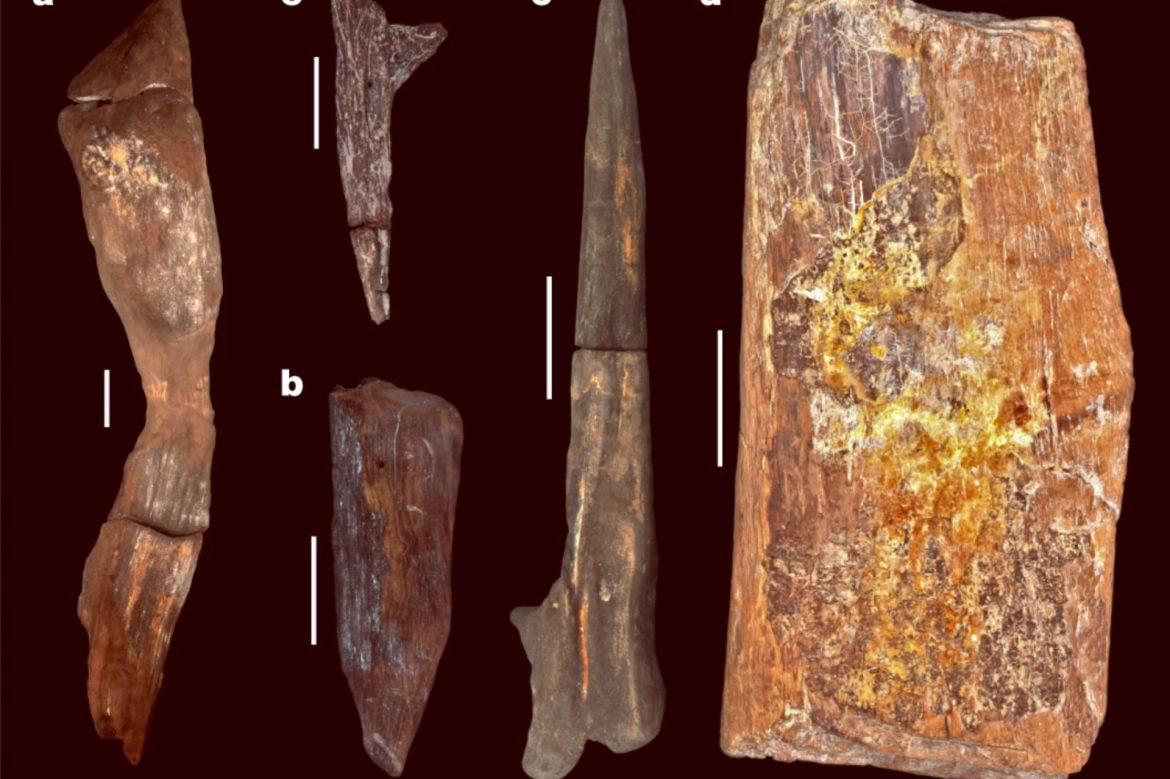
Oldest Wooden Structure Older Than Modern Man
The Stone Age is generally used to describe the prehistoric period when our ancestors began to use stones for various daily purposes by chiselling, sharpening and sharpening them. It is divided into three main periods: Paleolithic (Rough Stone), Mesolithic (Chipped Stone) and Neolithic (Polished Stone), and according to findings, it covers the period from about three million years ago until around 5,000 BC, when minerals began to be processed. This, of course, does not mean that our ancestors did not use tools made of materials other than stone during this period. However, since the wooden handles of these stone tools usually degraded until our time, excavations do not often yield man-made “organic” tools from these ancient times. We also know that materials of animal origin (such as leather and fur) were used, especially for protection against the cold –although such examples are rarely well-preserved too.
A 2019 finding from excavations around Kalambo Falls on the border between Zambia and Tanzania, published in Nature a few weeks ago, reveals an exciting discovery regarding the carpentry skills of our ancestors: Two logs carved by the Stone Age people to fit together for a simple construction job, around 476,000 years old. This wooden structure is about 120,000 years older than when Homo sapiens, the modern humans are known to have evolved, and thus is considered to be the oldest wooden structure ever found!
The discovery shows that the two pieces of logs were deliberately carved to fit together. Archaeologists think that these were probably holding a platform deliberately raised to provide protection from water, or were the foundation of a covered structure. Notches on the logs and other hand tools around the structure seem to support the second assumption.
Excavations around Kalambo Falls have been ongoing since the 1950s. However, since we did not have the proper dating techniques when the excavations first started, it is not wrong to say that we have only recently begun to understand the importance of the excavation site in a historical context. Scientists used a new technique called “luminescence dating” to determine the period this wooden structure belongs to. The method allowed researchers to determine the approximate time when the minerals in the sand surrounding the logs were last exposed to the Sun’s rays, and estimate the finding’s age as about half a million years.
Kalambo Falls and its surroundings is an important archaeological excavation site that has been nominated for UNESCO’s World Heritage List. It is home to numerous archaeological findings that have been preserved in an oxygen-deprived environment as they were submerged. It is also thought to be a critical point that allowed the transition of our ancestors from a nomadic life style to a settled one, as it offered plenty of water, food and areas covered with trees that could be used as building materials. Therefore, it also calls into question the general assumption that our Stone Age ancestors were nomadic.
REFERENCES
- 1. https://www.popsci.com/science/worlds-oldest-wooden-structure
- 2. https://www.nature.com/articles/s41586-023-06557-9
